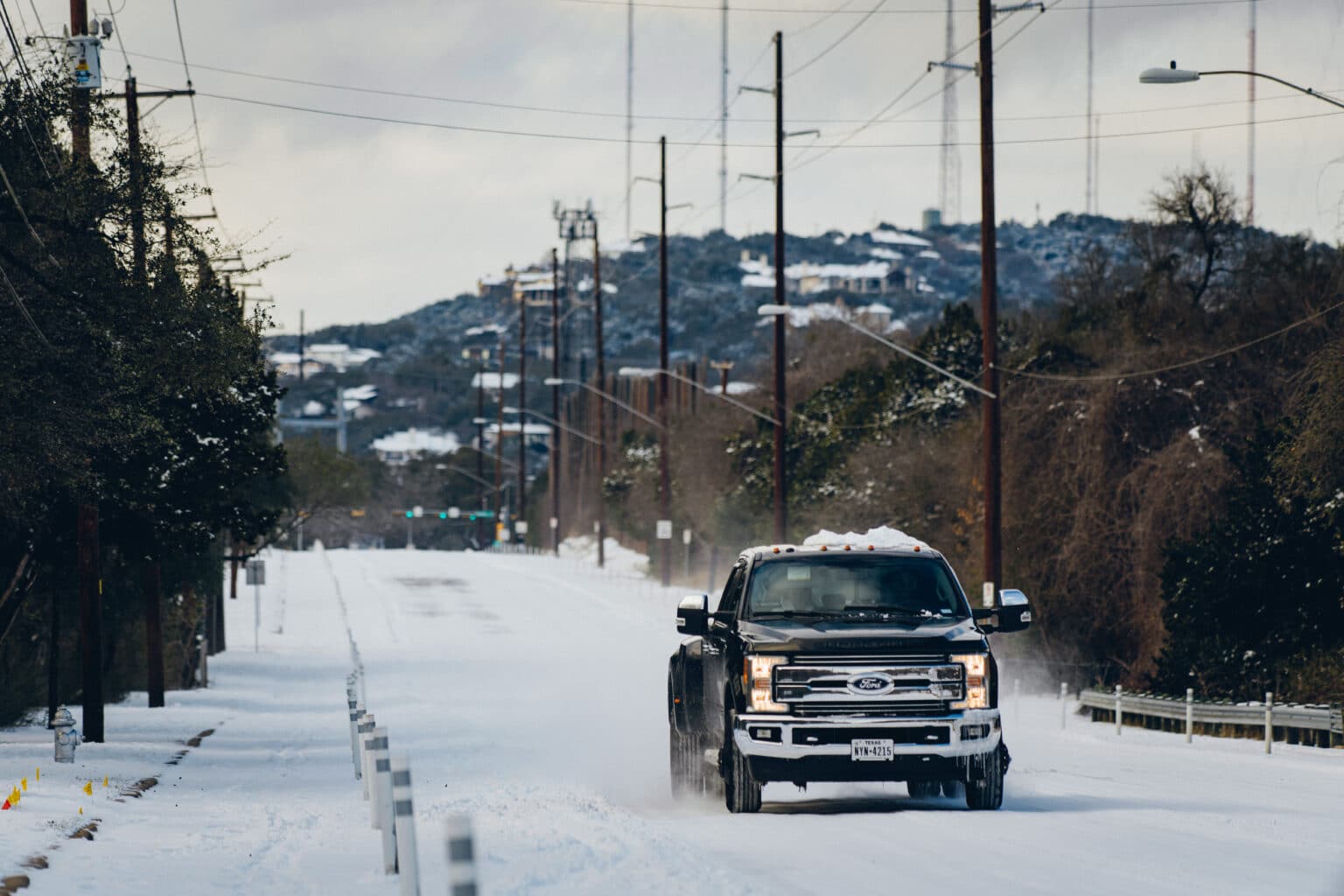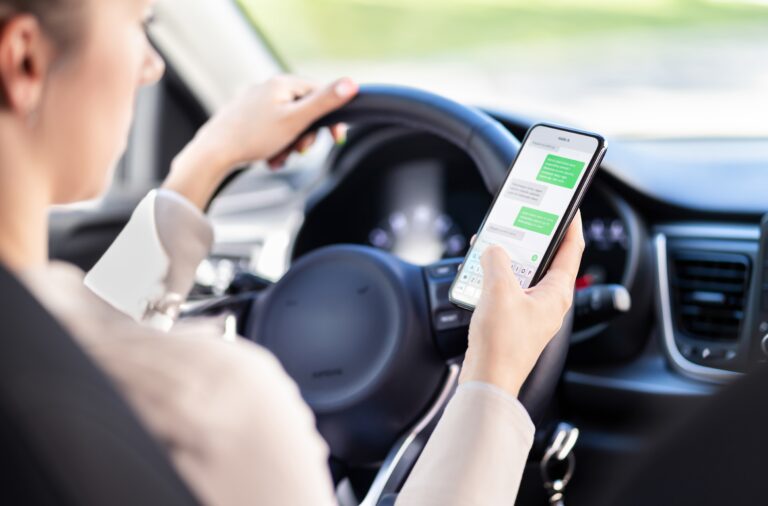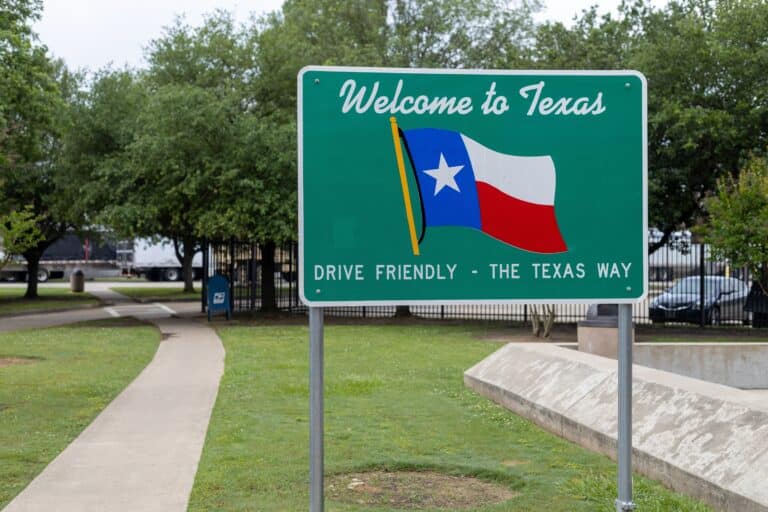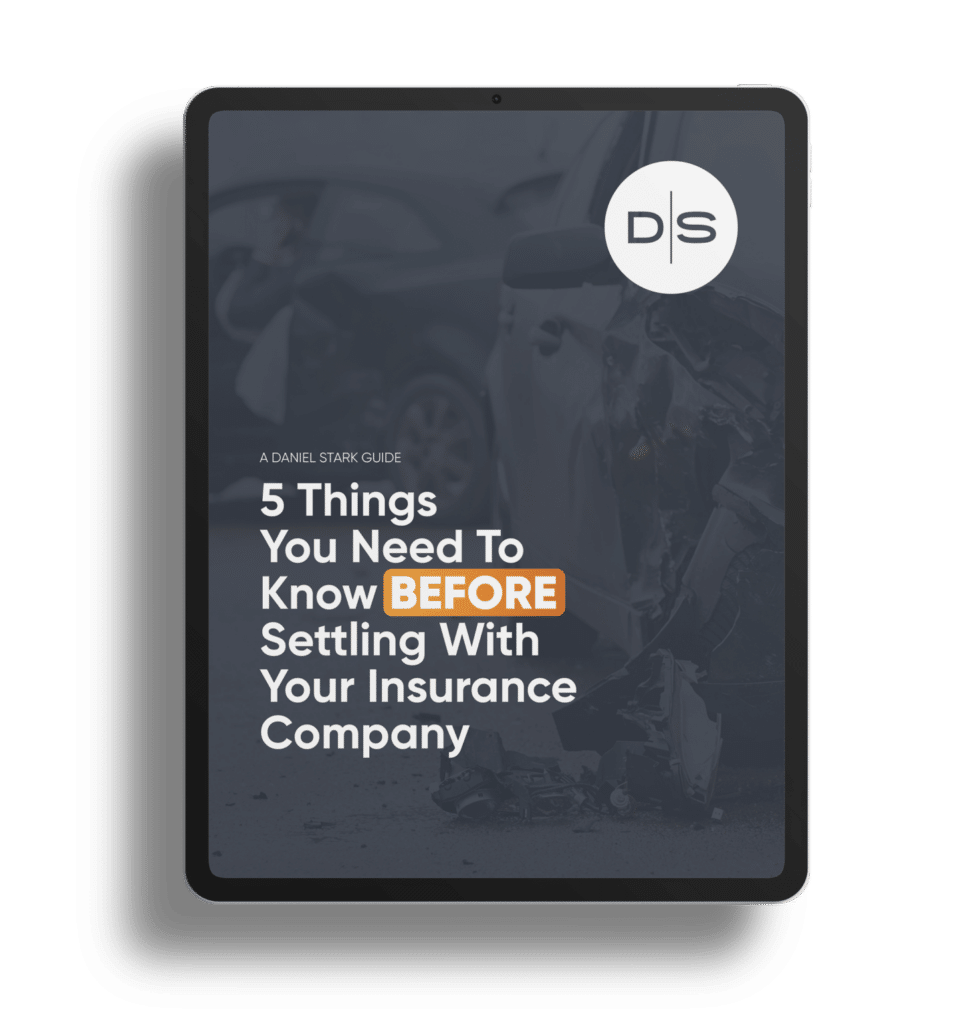Texas is known for its warm climate throughout the year. However, severe weather poses frequent dangers on the road.
Whether it’s thunderstorms, snow, fog, or tornadoes, Texans must navigate many types of weather conditions that significantly increase the risk of car crashes – especially in big cities like Austin, Texas.
Here’s what you need to know if you’re in a collision caused by bad weather.
How common are weather-related car crashes?
In Texas, a reported motor vehicle crash occurs every 56 seconds, and over 10% of these crashes are caused by poor weather conditions.
Texas has experienced the highest number of weather-related deaths of any state in recent years, with many of them resulting from roadway crashes during tornadoes, extreme winds, floods, hail, and rain. Severe weather conditions can significantly increase your chances of getting into a car wreck.
What type of weather causes the most crashes in Texas?
Of all the poor weather conditions, rain takes the lead as the major cause of vehicle wrecks in Texas. Rain and wet roads cause around 85% of the 60,000 weather-related crashes reported yearly.
Rain is particularly dangerous because it affects your visibility while driving. Reduced visibility also makes it harder to control or stop your vehicle, and hydroplaning becomes a risk when water levels build up on the road. Hydroplaning occurs when a thin layer of water forms between the road and your tires, increasing the likelihood of skidding or drifting out of your lane.
What other types of weather should you be wary of?
While rain is a significant concern, there are other types of weather that drivers should be wary of due to the potential hazards they pose on the road:
- Wind: Strong winds can impact vehicle stability and performance, making it more difficult to maintain control. Additionally, wind can kick up debris, obstructing your vision. It can also result in objects being blown onto the roadway and causing lane obstructions.
- Icy pavement: Icy conditions on the road can lead to serious car wrecks. For example, during a winter storm in 2021, a deadly 130-vehicle collision occurred on Interstate 35 near Fort Worth. This tragic incident resulted in six fatalities and numerous injuries.
- Fog: Fog can significantly reduce visibility and make it challenging to spot other vehicles, road markers, and objects on the road. It is crucial to drive at reduced speeds and use appropriate caution when encountering foggy conditions.
- Sun Glare: Even sunny days can present dangerous conditions due to the presence of glare on windshields or mirrors. The intense brightness can make it difficult to see the road ahead or other vehicles around you. It is important to use sun visors and sunglasses to minimize the impact of glare and maintain clear visibility.
Who is responsible for your injuries in a weather-related crash?
When you get into a weather-related car crash, determining who is responsible for your injuries can be complex. While some drivers may believe bad weather absolves them of fault for a wreck, insurance companies often view it differently.
You could be considered negligent if you don’t drive safely and take the proper precautions in poor weather conditions.
For example, your driving speed should be reduced in wet, icy, or snowy weather. You also need to be careful while following other vehicles. Make sure to put ample space between your car and the vehicle ahead of you, as slick roads require more stopping distance. Be aware that changing lanes in conditions like heavy fog can be dangerous too.
What if the weather isn’t the only thing to blame for your collision?
If another driver crashes into you due to their negligent actions, you can typically file a claim with that driver’s insurance company.
You will then need to prove that another driver’s negligence is the main cause of your injuries. You may be able to file a personal injury claim if the other driver was:
- Driving at an excessive speed given the prevailing weather conditions.
- Making turns or maneuvers too quickly on slippery roads.
- Failing to maintain a safe distance between vehicles.
- Not using headlights when visibility is poor, such as during foggy conditions.
- Engaging in risky behaviors like drunk or distracted driving, which are unacceptable even in clear conditions.
However, if the other driver loses control of their vehicle solely due to the bad weather, and wasn’t acting negligent or reckless on the road, you might not be able to recover the full value of your injuries and losses.
In such cases, we strongly recommend you contact a qualified Austin car accident attorney to help you navigate the claims process and get your life back to normal.










